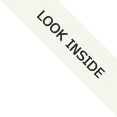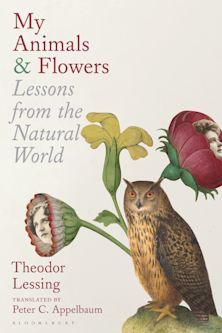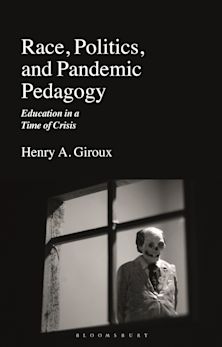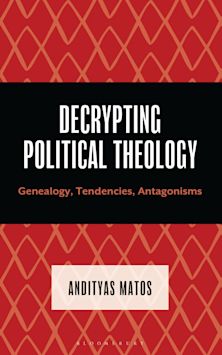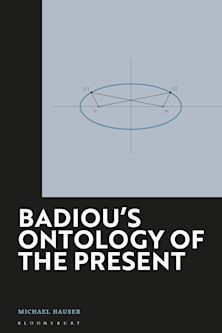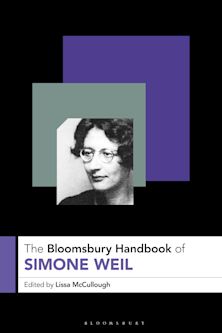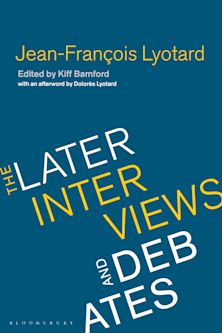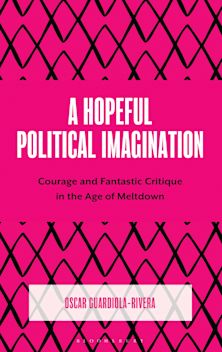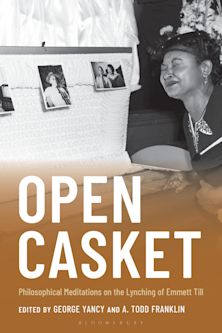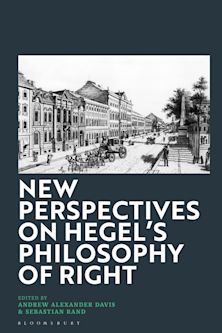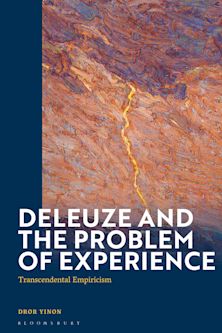- Home
- ACADEMIC
- Philosophy
- Social and Political Philosophy
- Writings on Art and Politics
Writings on Art and Politics
You must sign in to add this item to your wishlist. Please sign in or create an account
Description
To the philosopher Boris Groys, everything technology produces in the modern world ultimately falls into two categories – it's art, or it's garbage. Both are useless, defunctionalized objects that simply lie there. The difference between them comes when we immunize art from the destructive power of time to which we devoutly deliver our garbage.
In this collection of essays and interviews, Groys expounds on these paradoxes, taking in art, the dialectic of work, the afterlife, politics, utopia, philosophy, faith, revolution, the avant-garde and digitalization. His philosophical writings critique the political economy of heterotopia, whereas his writings on art concern the things of the afterlife: only the politics of immortality promises salvation from the garbage pit.
Groys sees the history of class struggle as a history of aestheticization - defined by the forms spectators recognize as valuable enough to preserve, which they will fight to the death to preserve from disappearance and nonexistence. Western civilization's tendency to aestheticize politicizes everything. If we can design ourselves as artworks worthy of admiration and care, then can we too survive the ravages of time?
Bringing together previously unpublished texts, newly translated work and interviews, this is a coruscating trip through the complex and challenging philosophical and cultural problems that Boris Groys has made it his life's work to deal with.
Table of Contents
Introduction: The Production of Afterlife
Part One: Art, Culture and Utopia
Russia in Search of Its Identity (1992)
Into the Russian Soul (2021)
Alexandre Kojève: The Artwork as Embodiment of the Aesthetical Judgment (2024)
Pavel Filonov's Life Machines (1995)
Constructed Ideology (1994)
Soviet Oikonomia (2019)
Utopia Underground (1993)
Lenin and Lincoln: Two Figures of Modern Death (1993)
The Artwork as a Nonfunctional Machine: Vladimir Tatlin (1993)
Avant-garde and Politics. The End of Art and the End of Humanism? A conversation with Boris Groys (2021)
Part Two: The Step Back Anti-Philosophy and the Politics of Recognition (2020)
Caring for Tradition (2019)
Changing Topologies of the Class Struggle (2023)
Discourses of Distrust: Conspiracy Theories and the Critique of Ideology (2021)
Totalitarian Legacies (2019)
The Museum as a Cradle of Revolution (2020)
Part Three: Art and Politics
The Dark Side of Art (1996)
The Imagined Context: From Mikhail Bakhtin to Ilya Kabakov (1994)
The Production of the Other (1996)
Lenin's Image (2021)
Exhibiting the Exhibition, or Nostalgia in Reenactment (2022)
Followership vs. Spectatorship: The Two Regimes of the Contemporary Image (2022)
Becoming an Artwork (2021)
Notes
List of Texts
Product details
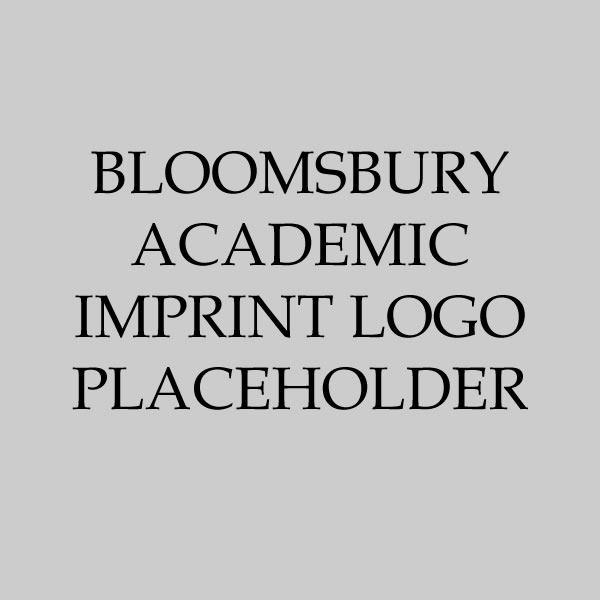
| Published | 22 Jan 2026 |
|---|---|
| Format | Ebook (PDF) |
| Edition | 1st |
| Extent | 280 |
| ISBN | 9781350457850 |
| Imprint | Bloomsbury Academic |
| Publisher | Bloomsbury Publishing |
About the contributors
Reviews
-
Why is the internet like the spirit of Napoleon? What do Facebook posts share with Christian icons? Why have we swerved so quickly from neoliberalism to neofascism? And what does Lenin's mausoleum have to do with the readymade?
Like an anthropologist tourguide from a distant planet, Boris Groys answers these questions (and more) with calm detachment-guiding us through cultures of the museum, art history, the internet, and Russia. His counterintuitive connections brilliantly puncture received wisdom, and disrupt canonical truisms with dark and delightful irony. This is cultural critique as pure creativity and philosophical imagination. Reading Groys is a mindblowing trip.Claire Bishop, artist, critic, Presidential Professor of Art History and Faculty Director of the James Gallery, CUNY Graduate Center
-
Boris Groys's writings are formative, unpredictable, and always prophetic in their grasp of art's political metabolism. Few thinkers have written so lucidly about the avant-garde's utopian exhaustion, the museum's revolutionary promise, or the artist's peculiar labor of self-design. Reading Groys has shaped how many of us think and work. This collection captures the full arc of that influence: theoretical, ironic, and strangely intimate. It is both a record and a renewal of the conversation that continues to define contemporary art's intellectual life.
Anton Vidokle, artist, curator, and founder of E-Flux Journal
-
This collection of essays, written between 1995 and 2023, gives us a deeper, wider, and longer access to Boris Groys' unique modes of thought than any other to date. Most are unpublished or not previously translated into English. His great themes are all present: the Russian soul, class struggle, avant-garde art, museums, revolution, curatorship, becoming an artwork, and, through it all, anti-philosophy. Edited by Marcus Hurwitz, their convolution here is astonishingly fresh. His introduction is the best yet written. It is alone worth the price of admission.
Terry Smith, Slade Professor of Fine Arts, University of Cambridge, 2025-26, author of Art to come: Histories of Contemporary Art (2019) and Iconomy: Towards a Political Economy of Images (2022).










